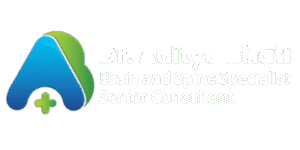Make An Appointment Today
“Every patient’s story is unique, and so is every treatment plan. Dr. Aditya Bhati focuses on compassionate, tailored care that puts your needs first. Don’t wait—schedule your appointment now and discover the best treatment path for you or your loved one.”




